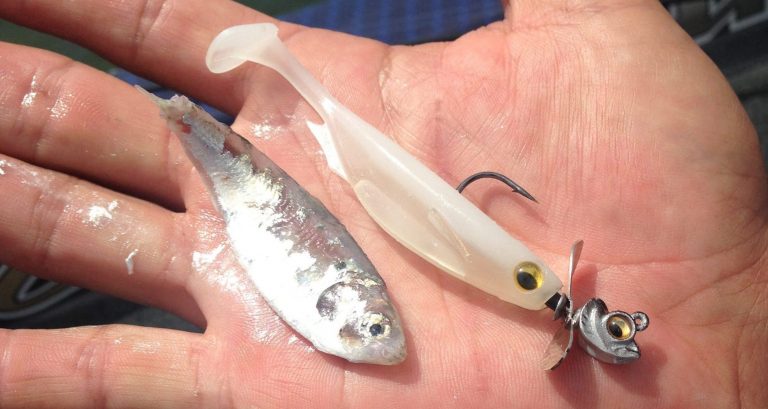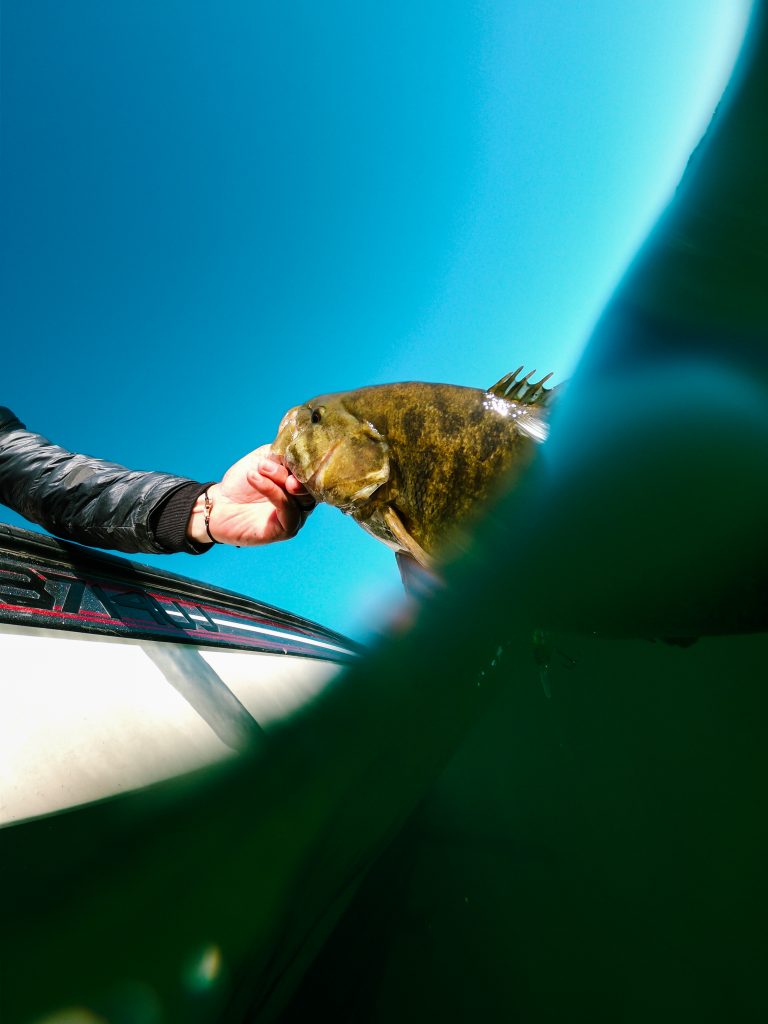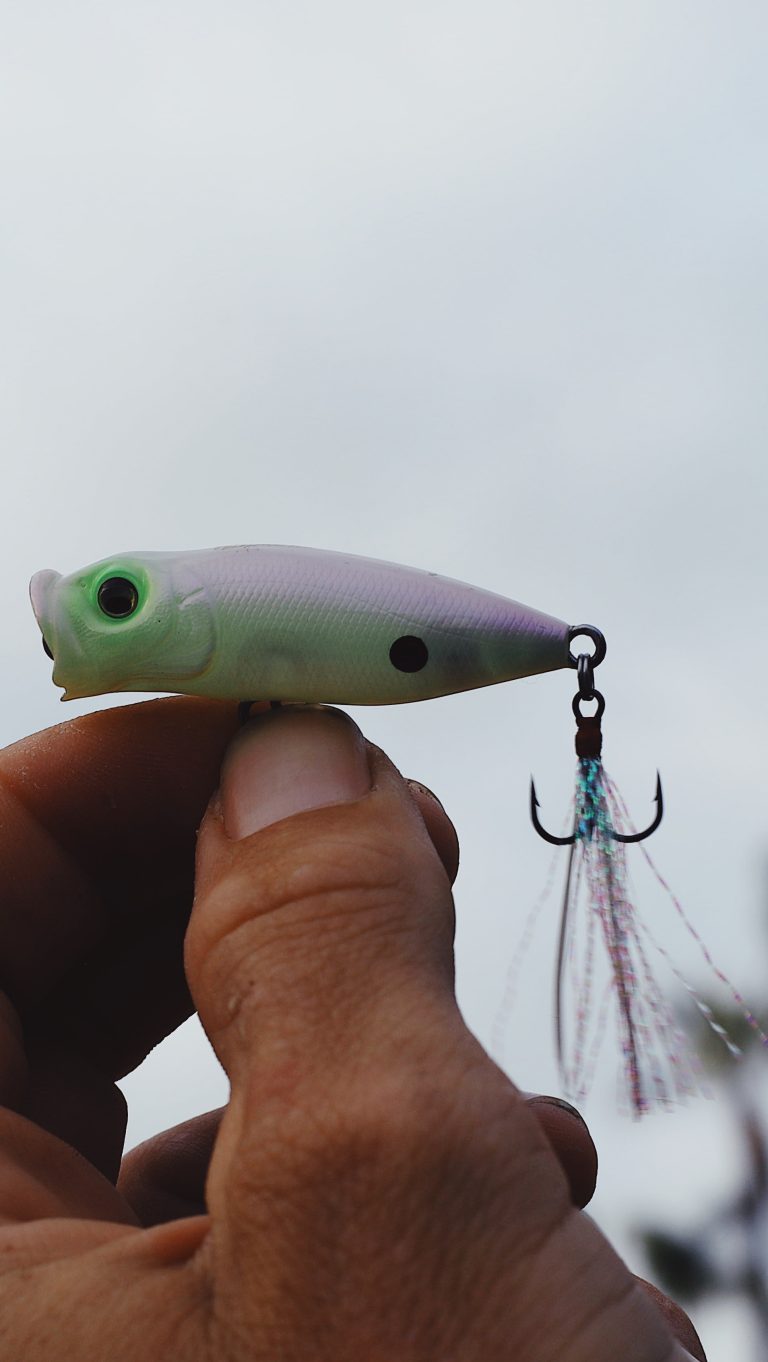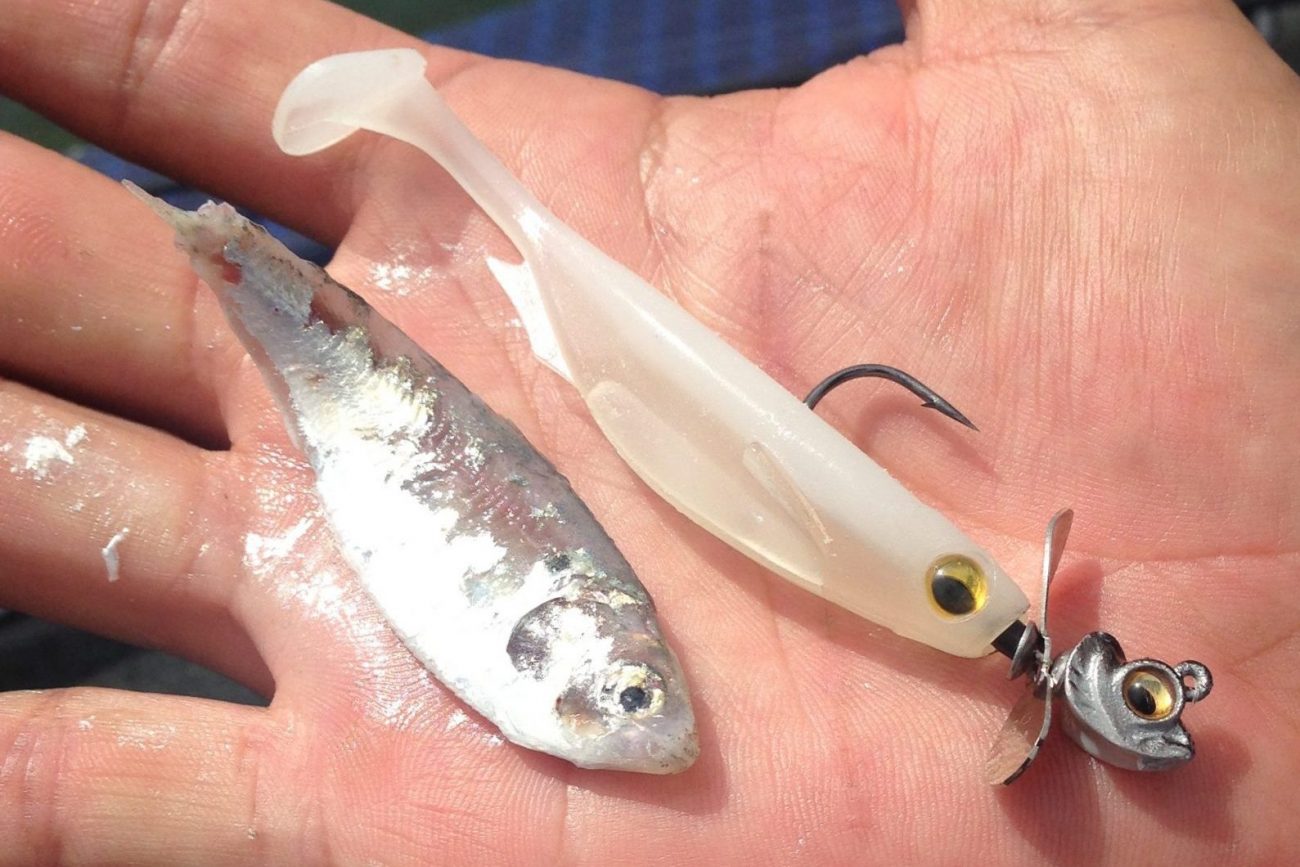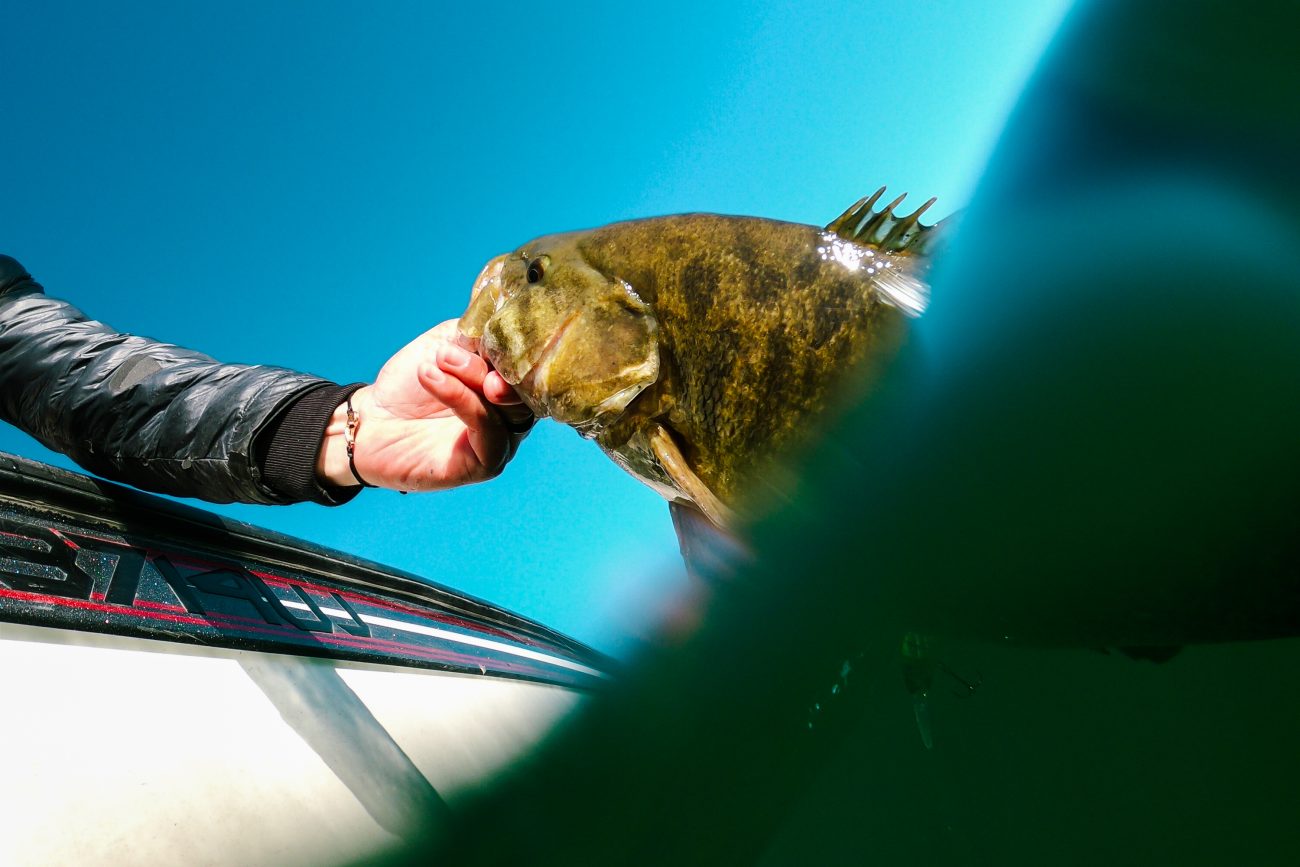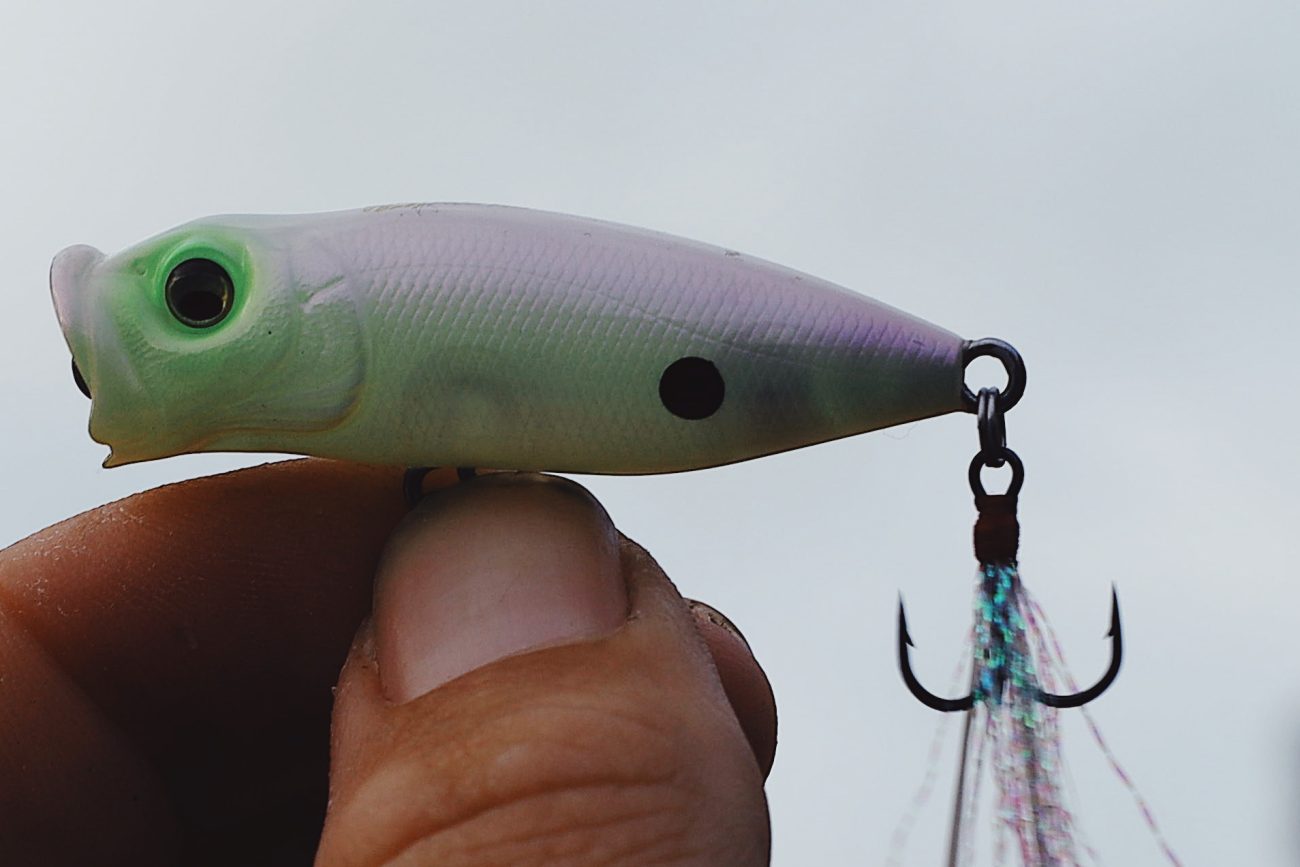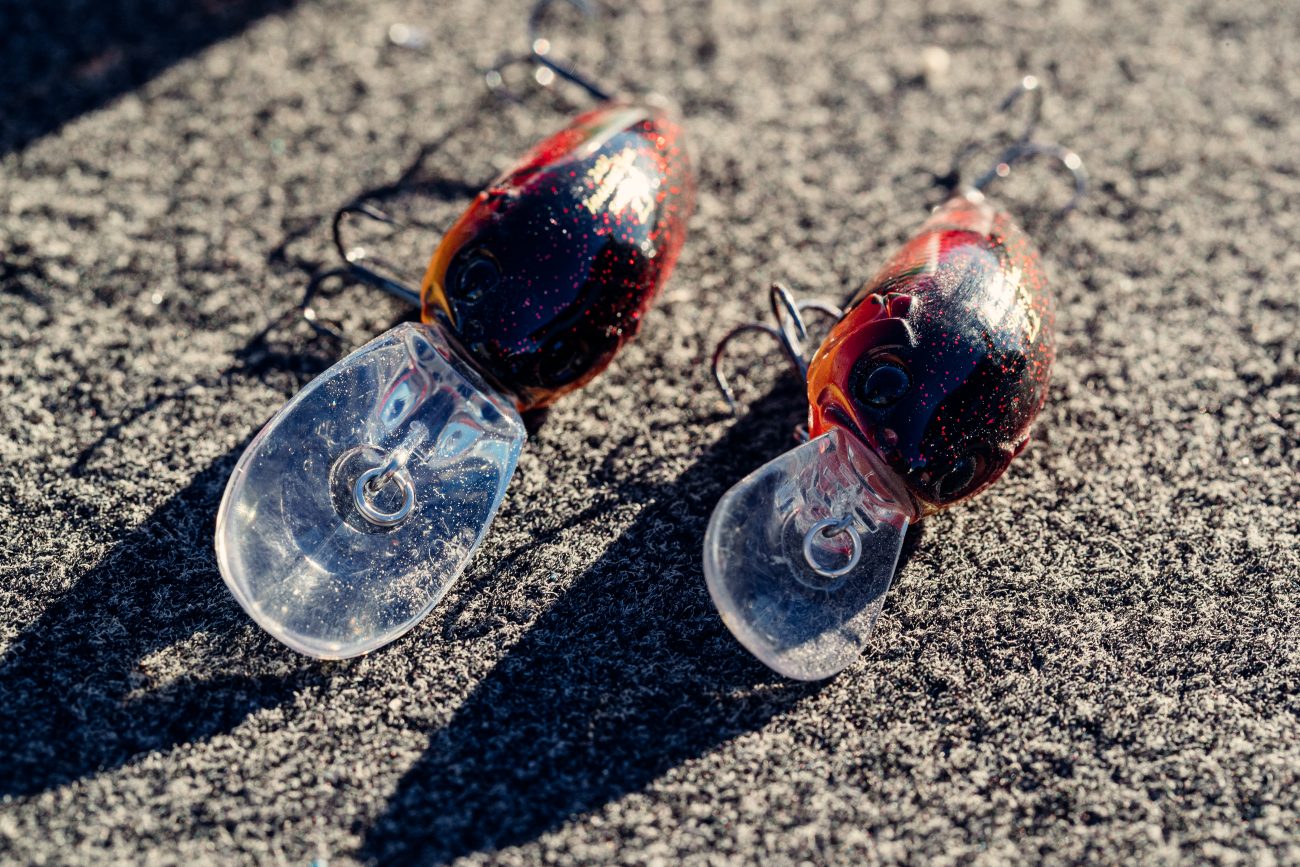Bass fishing is truly dynamic and summer is no exception. Depending on the body of water, most impoundments will have roughly half of the bass living shallow, and the other half living deep. So, where do we start?
First, Let's Look at Bottom Dwelling Bass
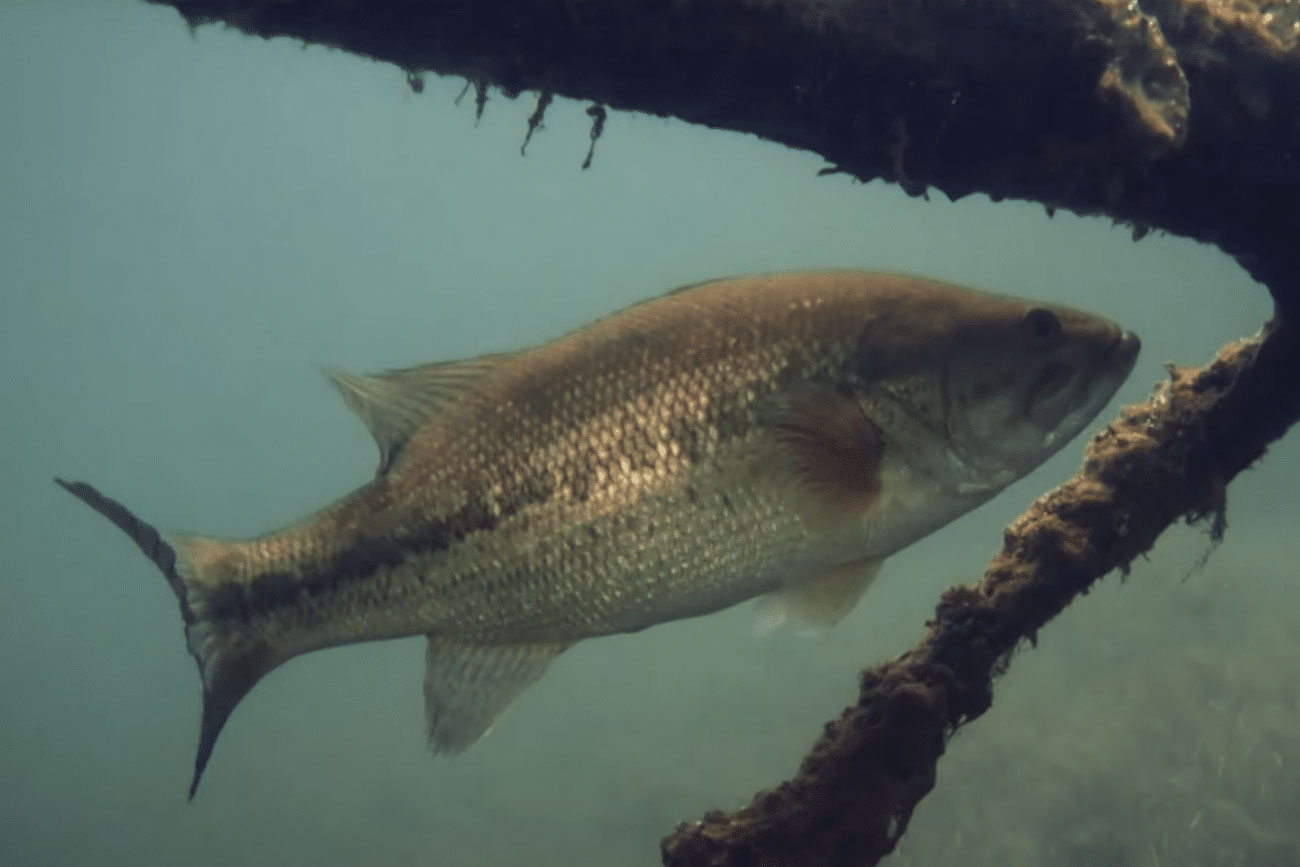
As a foundation, a percentage of the bass will move out to deeper water after spawning in April and May. Depending on the water depth and visibility, a typical scenario involves bass swimming out of shallower spawning areas and moving to nearby areas that are in relation to deep water; main and/or secondary points, ledges, channel swings, etc.
Some bass prefer “hard” deeper structures such as drops, shell beds, rockpiles and ledges. These bottom oriented bass will hold on to these hard areas and potentially school in numbers of 5-20+ fish. Summer is one of the times of year that the largest size and biggest schools of bass will group on these hard spots. The depth of the bass will depend on the water clarity and depth of the key hard structure. The most important part of this scenario is determining which part of the structure the bass are relating to.
Using a typical ledge as an example, you have three potential strike zones:
- Top or shallowest part of the ledge
- Steepest part of the ledge
- Bottom or deepest part of the ledge
The position of the bass relative to this will be determined mainly by cover, current and water clarity.
In general, if the water clarity is under 2 feet, bass will prefer the 5–10-foot zone, and any clarity over 2 feet will incrementally move them deeper until they eventually suspend in extremely clear water or seek cover near the hard structure. When the bass are positioned in this manner, one of the best ways to catch them is with a medium to large swimbait, like the Megabass 5in Spark Shad. Try rigging this swimbait on an open-hook jighead like the Megabass Body Balance, throw it out on the shallowest portion of the drop or ledge, and swim it slowly just off the bottom. Allow it to occasionally touch the bottom to ensure you stay in the target range.
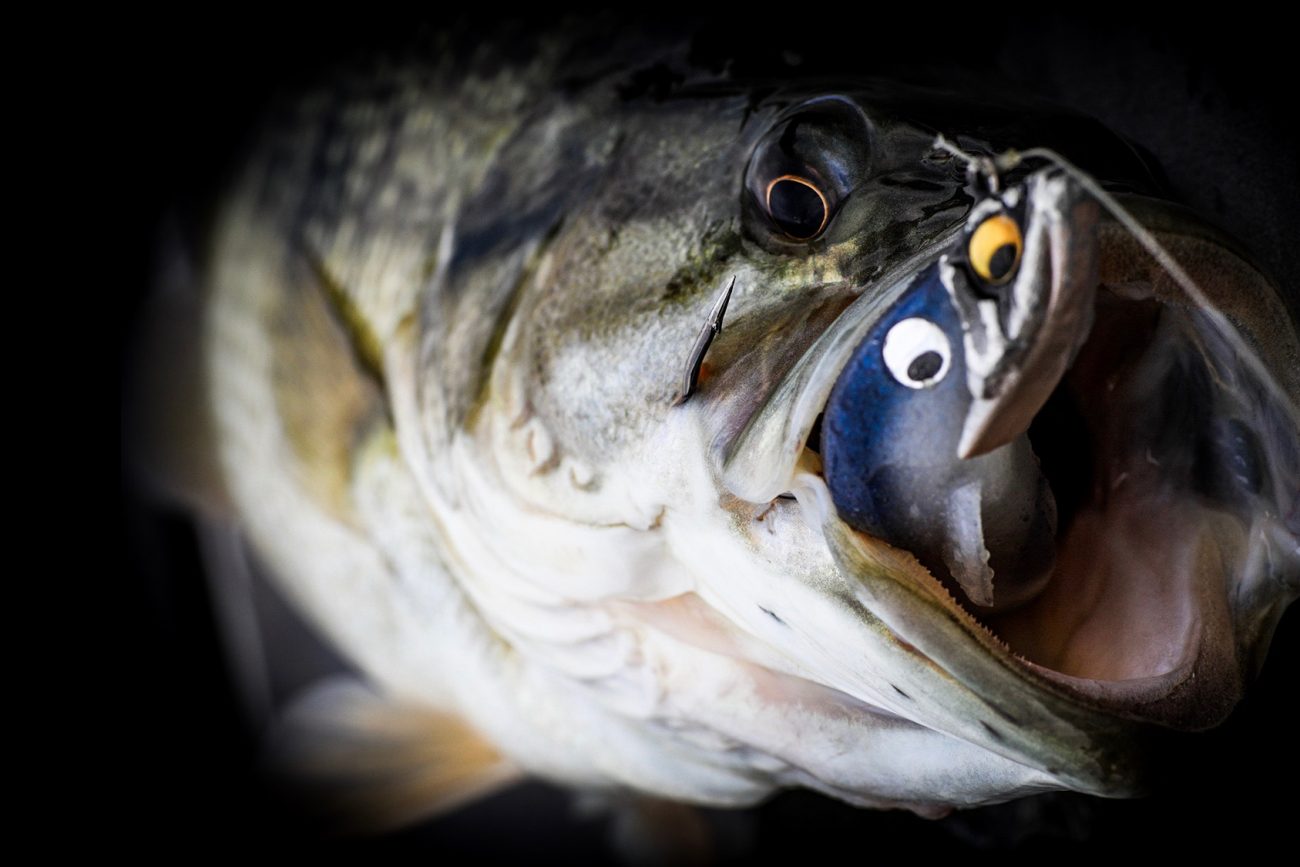
Current can impact these bass in different ways as well. Some lakes have more current than others, but as a rule, bass will often be more active and on the shallower edges of these areas when current is stronger. On lakes that have significant current, bass will position on top of the ledges and drops when current is strong and move to the bottom of the drops when current is weak.
Next, Let's Focus on Suspending Bass
While some bass will live on the bottom in these deeper areas, some will suspend over or near the same types of areas. The choice to suspend or hug the bottom depends on water clarity, cover, and the specific species of bass in the lake.
Lakes that have a mix of largemouth, spotted and/or smallmouth bass are often more likely to have fish suspend in the summer. Spotted bass seem to prefer suspending after spawning compared to the other two species. But as a general rule, the clearer the water, the more bass will tend to suspend. Also, the more standing and submerged timber a lake has, the more bass will suspend to take advantage of ambush points higher in the water column.
Therefore, lakes like Lanier in Georgia or Table Rock in Missouri that have clear water and submerged timber, will often have larger percentages of bass suspending in mid-summer than other lakes. These suspended bass can be harder to find and catch, but they can also have larger schools. The best way to find and locate suspended bass is with your electronics, or focusing on high percentage areas and covering water quickly with deep jerkbaits or swimbaits.
Begin graphing the same types of hard structures the bottom oriented bass prefer, like points and ledges, and look for baitfish and fish suspended over 25-60 feet of water. The suspended bass will relate to the same hard structures but will often just suspend instead of holding to the bottom.
Once you have located some baitfish or fish activity and presence, begin casting a smaller swimbait, like the 3 and 4in Spark Shad. Count the bait down the approximate depth you have noticed the fish and begin a slow to medium retrieve.
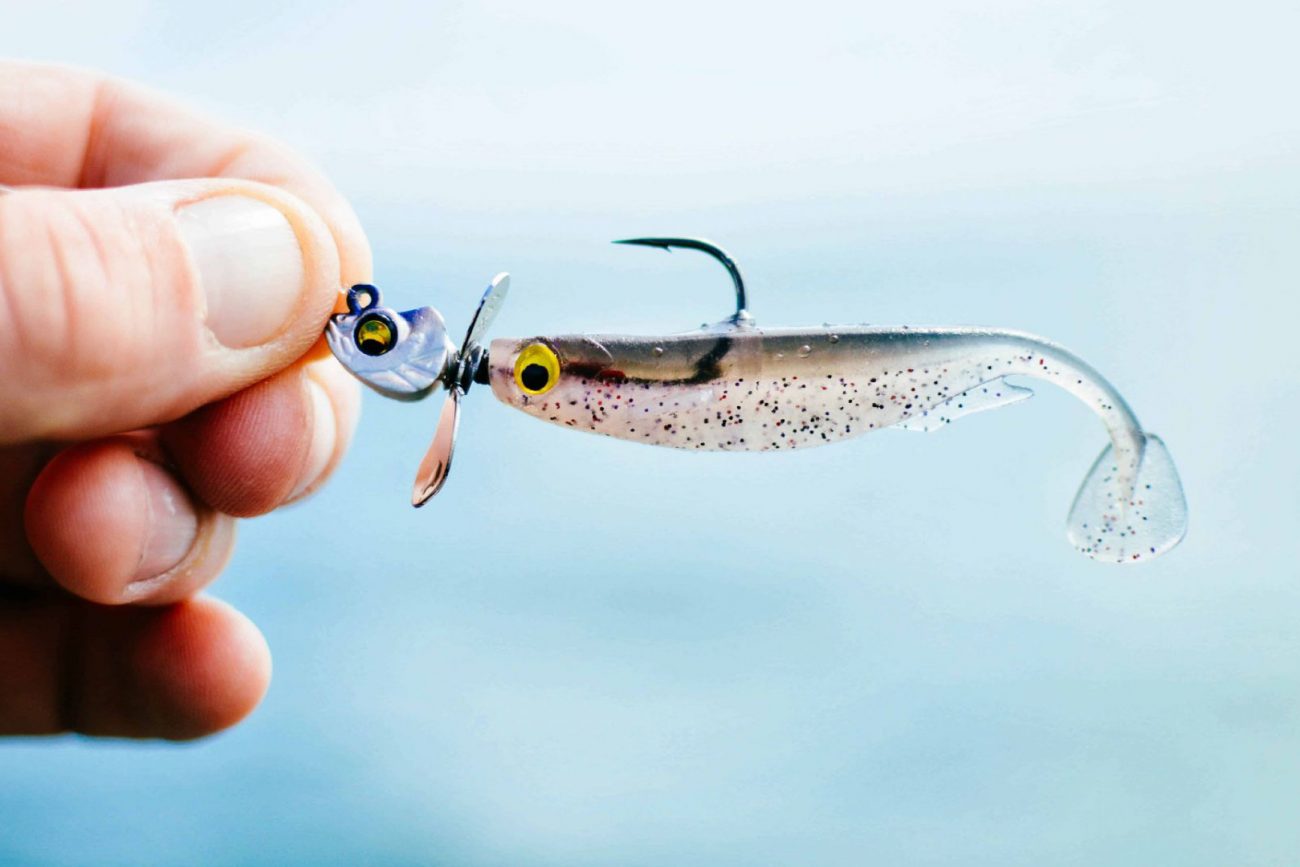
One of the most important things to remember when targeting summertime suspended bass is to look out for surface feeding and schooling. In a clear water lake, these deeper suspended bass will often chase baitfish to the surface to feed on them. This will take place especially on calm, low light days. When you see schooling surface fish, get to them as quickly and quietly as possible, and cast swimbaits with and without flash (e.g. a simple ball head or Okashira Head, and an underspin or Okashire ScrewHead with a flashing propellor) or topwaters like the Megabass Dog-X Diamante or Giant Dog-X into the fray. Once the surface bite dies down, fish deeper in the nearby area.
The great thing about early to mid-summer is the fact bass will school in all deeper water situations, and catching large numbers of quality bass is common. In July and August in most lakes across the country, bass will often begin to disperse and get tougher to catch, so other methods will have to be deployed.
Editor’s Note:
When discussing seasonal bass movement and behaviors, it’s important to note that there are always exceptions to the guidelines we are about to explore. This will cause bass in each lake to act and position differently in some cases. However, there are common themes that can be applied to man-made impoundments across the country.

